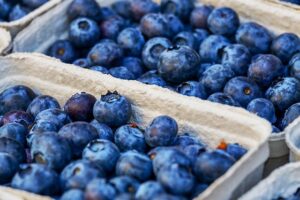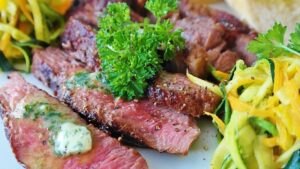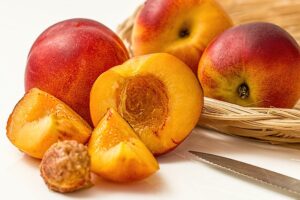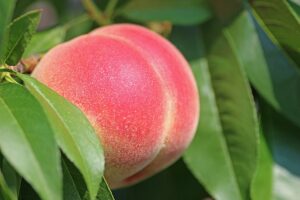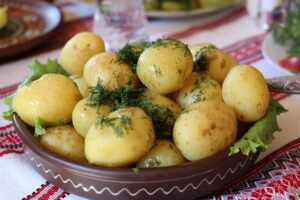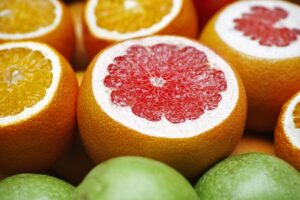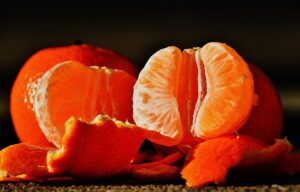Introduction
Fairlife is a popular brand of milk known for its high protein content. Many people wonder how Fairlife manages to have so much protein compared to regular milk. In this article, we will explore the reasons behind Fairlife’s high protein content and the methods used to achieve it.
Ultrafiltration
One of the key factors that contribute to Fairlife’s high protein content is the process of ultrafiltration. Ultrafiltration is a filtration technique that separates different components of a liquid based on their molecular size. In the case of milk, ultrafiltration is used to remove a portion of the lactose, minerals, and water, while retaining the protein and other beneficial components.
During the ultrafiltration process, milk is passed through a series of specialized filters that have pores of a specific size. These filters allow smaller molecules, such as water and lactose, to pass through while retaining larger molecules like proteins. By selectively removing certain components, Fairlife is able to concentrate the protein content of the milk.
Separation and Purification
After the ultrafiltration process, the separated components undergo further purification to ensure the highest quality and concentration of protein. This purification step involves removing any impurities or unwanted substances that may have passed through the initial filtration process.
The separation and purification techniques used by Fairlife are proprietary and not disclosed in detail. However, it is known that they employ advanced technologies to achieve a high level of protein purity. These methods may include additional filtration steps, enzymatic treatments, or other specialized processes to enhance the protein content and quality.
Source of Milk
Another factor that contributes to Fairlife’s high protein content is the source of the milk used in their products. Fairlife primarily sources its milk from dairy farms that have a focus on producing high-quality milk with a higher protein content. These farms may implement specific breeding and feeding programs to optimize the protein levels in the milk produced by their cows.
By carefully selecting the source of their milk, Fairlife ensures that they start with a higher protein base, which can then be further concentrated through the ultrafiltration and purification processes.
Conclusion
In conclusion, Fairlife achieves its high protein content through a combination of ultrafiltration, separation, purification, and sourcing high-quality milk. The ultrafiltration process selectively removes certain components, allowing for the concentration of proteins. The separated components then undergo further purification to ensure the highest protein quality. Additionally, the source of milk used by Fairlife is carefully selected to start with a higher protein base. These factors combined result in Fairlife having a significantly higher protein content compared to regular milk.
References
– Fairlife: www.fairlife.com
– Ultrafiltration: www.britannica.com/science/ultrafiltration


